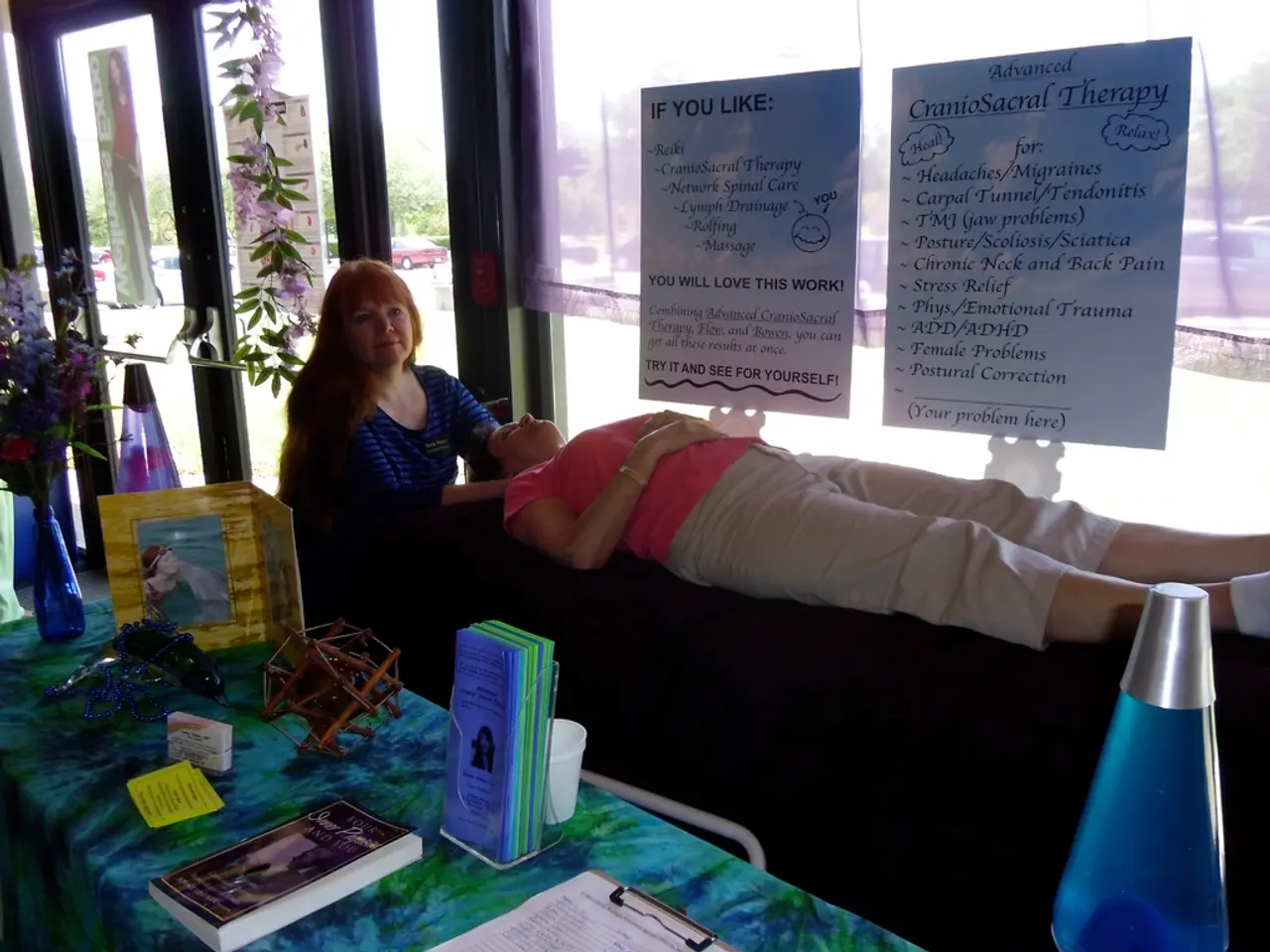Menopause and Endometriosis: A Guide to Awareness, Symptoms, and Details
Endometriosis, a chronic condition that affects an estimated 10% of women, can pose unique challenges during menopause. While the decline in estrogen levels often leads to an improvement in endometriosis symptoms, the use of hormone replacement therapy (HRT) can cause these symptoms to persist or even reoccur.
Typically, the drop in estrogen levels during menopause reduces endometriosis activity, as estrogen drives lesion growth and inflammation. However, if a woman uses HRT — which reintroduces estrogen — or if residual endometrial lesions remain hormonally responsive, symptoms such as pelvic pain, bloating, and fatigue may persist or return.
Case reports document recurrence of endometriosis symptoms ranging from months to years after starting HRT following surgical menopause. The risk of malignant transformation of endometriotic lesions in postmenopausal women on HRT is reported but appears rare; however, data are limited and require further study.
Women with a history of endometriosis considering or using HRT should discuss management options carefully with their healthcare provider to balance symptom relief with the risk of recurrence. Using combined estrogen-progestogen therapy instead of unopposed estrogen may reduce recurrence risk, but evidence is still limited.
Monitoring symptoms after menopause is advised to identify any recurrence early. It's important to note that some women may experience persistent pelvic pain and related symptoms even without HRT, possibly due to small estrogen production from fat tissue or adrenal glands, or autonomous estrogen production by lesions themselves.
In some cases, surgical intervention may be necessary to remove new endometriosis growths following menopause. Diagnosing endometriosis can be difficult and often requires a thorough history, review of symptoms, physical exam, imaging tests, or a laparoscopy.
Healthcare professionals should be aware of and monitor for signs of worsening endometriosis symptoms. Non-specific symptoms of postmenopausal endometriosis may include gastrointestinal symptoms, pelvic pain, pain with intercourse, pain with bowel movements, and ovarian cysts.
It's worth mentioning that endometriosis is an estrogen-dependent condition, and menopause symptoms such as hot flashes, changes in mood, vaginal atrophy, and night sweats are common. However, very little evidence and guidelines are available for treating and managing endometriosis during and after menopause.
In light of these complexities, it's crucial for women with a history of endometriosis to maintain open and informed discussions with their healthcare providers about their symptoms, treatment options, and the potential risks associated with HRT.
Read also:
- Chest X-ray findings in heart failure: An overview
- Improvement indicators for pneumonia: Recognizing the signs and additional information
- Seniors with no offspring in Kerala are entitled to legal maintenance, only from their direct heirs, as ruled by the High Court.
- Chest Pain Connected with Hiatal Hernia: Remedies and When to Request Assistance





